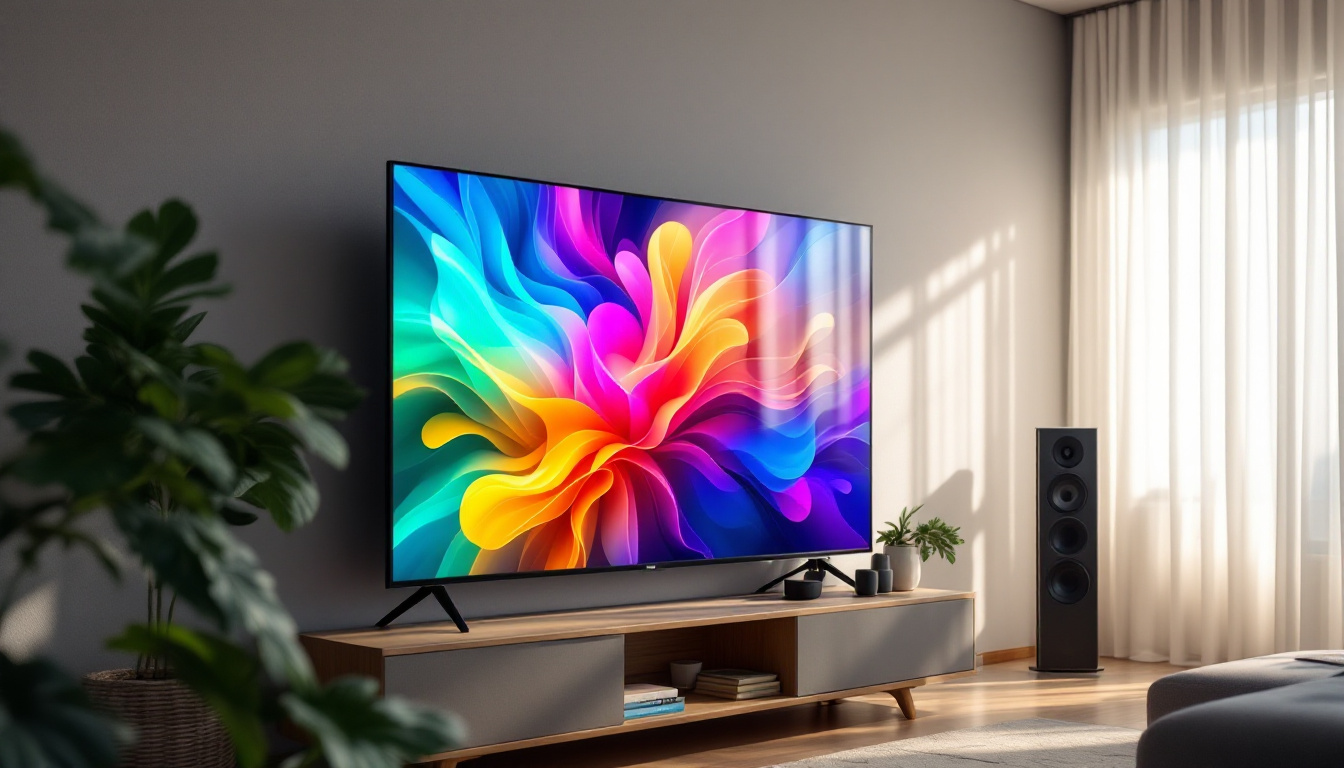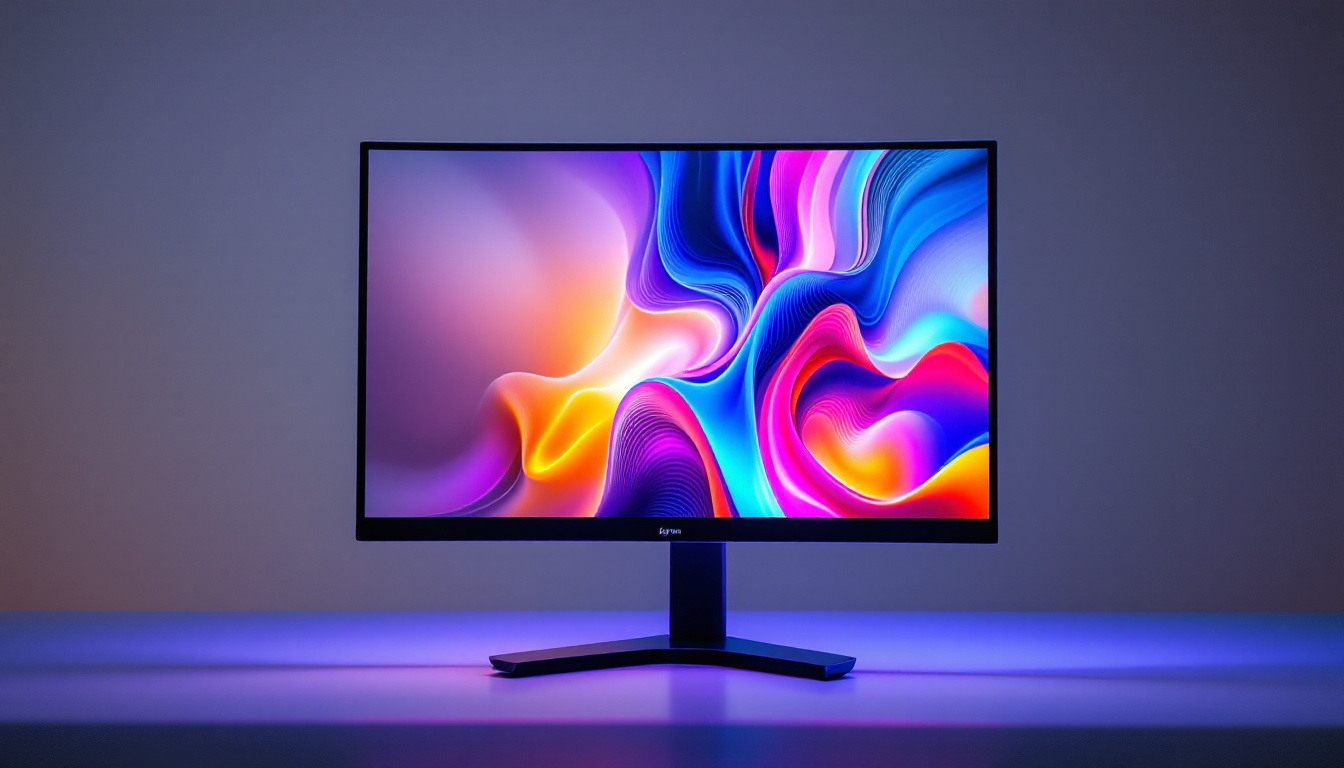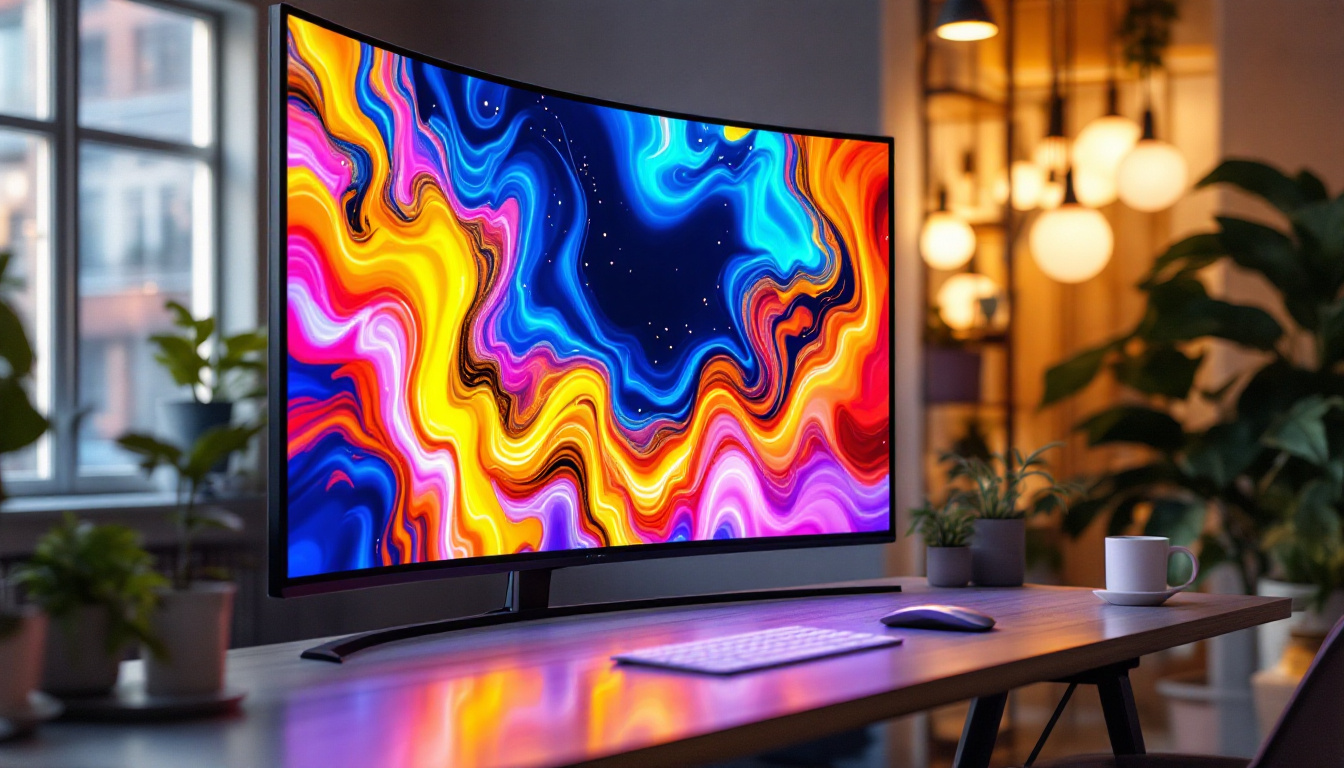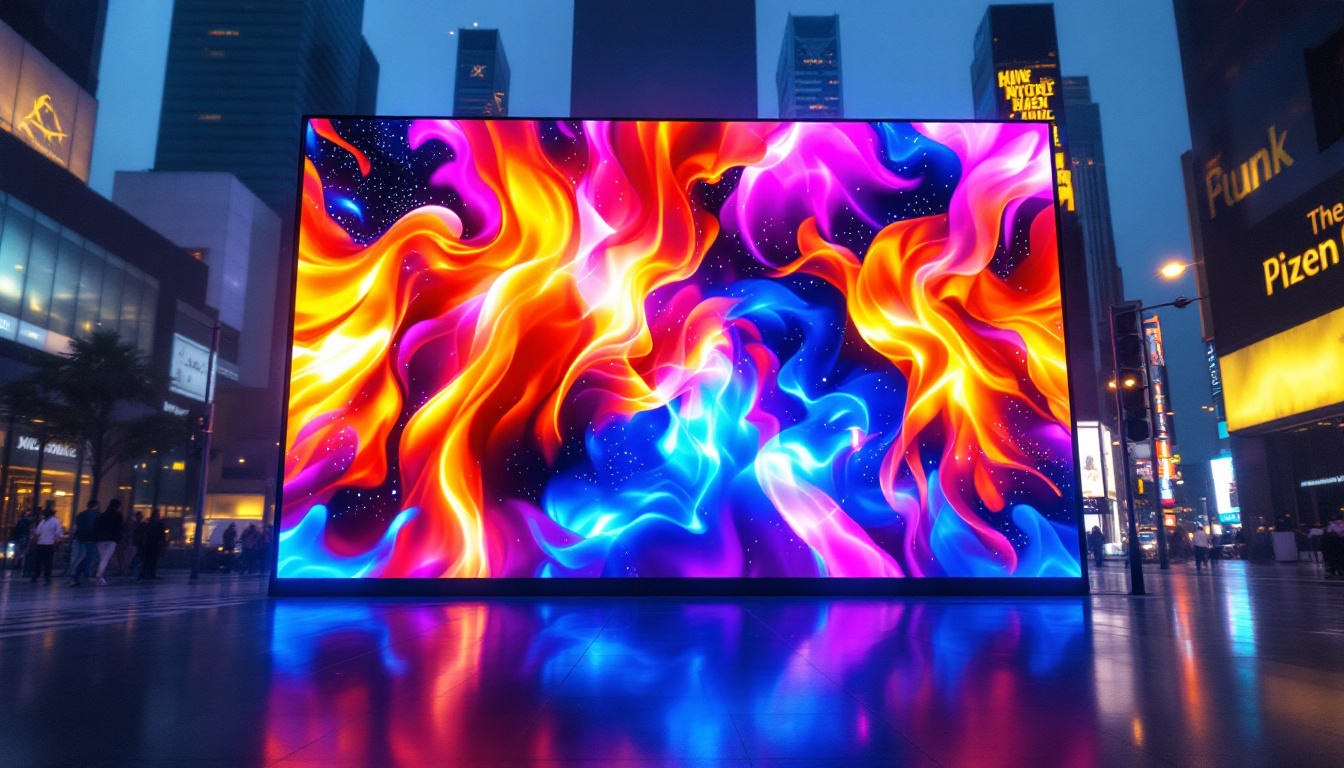Used Plasma TV Sale: LED Display Explained
The television market has undergone significant transformations over the past few decades, with various technologies vying for consumer attention. Among these, plasma TVs once held a prominent place, but as LED technology has advanced, the dynamics of the market have shifted. This article will explore the characteristics of LED displays, their advantages over plasma technology, and what to consider when purchasing a used plasma TV.
The Rise of LED Technology
LED (Light Emitting Diode) technology has revolutionized the way we experience visual media. Unlike traditional display technologies, LED TVs utilize a series of diodes to produce light, resulting in a brighter and more vibrant image. This advancement has made LED TVs the preferred choice for many consumers. The popularity of LED technology has also spurred innovation in related fields, such as smart home integration and immersive viewing experiences, further enhancing the appeal of modern televisions.
How LED Displays Work
At the core of LED technology is the use of small diodes that emit light when an electric current passes through them. These diodes can be arranged in various configurations, such as edge-lit or backlit, which directly impacts the quality of the image displayed. The backlighting enhances contrast ratios and color accuracy, making images appear more lifelike. Moreover, advancements in quantum dot technology have introduced a new layer of color precision, allowing LED displays to reproduce a broader spectrum of colors that were previously unattainable with older technologies.
In addition to backlighting, many LED TVs incorporate advanced technologies such as local dimming and HDR (High Dynamic Range). Local dimming allows specific areas of the screen to dim or brighten independently, enhancing the depth of blacks and the vibrancy of colors. HDR further elevates the viewing experience by expanding the range of colors and brightness levels, providing a more dynamic image. With HDR content becoming increasingly available through streaming services and Blu-ray discs, viewers can fully appreciate the enhanced visual quality that LED technology offers, making every movie night feel like a trip to the cinema.
Advantages of LED Displays
One of the most significant advantages of LED technology is energy efficiency. LED TVs consume less power compared to plasma TVs, making them more environmentally friendly and cost-effective in the long run. Furthermore, LED displays tend to be thinner and lighter, allowing for more versatile mounting options and easier transportation. This sleek design not only complements modern interior aesthetics but also facilitates wall mounting, freeing up valuable floor space in homes and offices alike.
Another key benefit is longevity. LED screens generally have a longer lifespan than plasma screens, which can suffer from burn-in issues and a gradual decrease in brightness over time. This durability makes LED TVs a reliable choice for consumers looking for a long-term investment. Additionally, the advancements in LED technology have led to improvements in heat dissipation, which further enhances the lifespan of these displays. As manufacturers continue to innovate, we can expect even more enhancements in performance and reliability, ensuring that LED technology remains at the forefront of visual media for years to come.
Understanding Plasma Technology
While LED technology has gained popularity, plasma TVs still hold a place in the hearts of many enthusiasts. Understanding how plasma technology works and its unique characteristics can help consumers make informed decisions when considering a used plasma TV. These displays were once the pinnacle of home entertainment, offering a viewing experience that many still cherish, particularly for cinematic experiences.
Mechanics of Plasma Displays
Plasma TVs operate using small cells filled with gas. When an electric current is applied, the gas ionizes and produces ultraviolet light, which then excites phosphor coatings on the screen to emit visible light. This process allows for deep blacks and rich colors, making plasma displays particularly appealing for watching movies and playing video games. The technology also enables a wider viewing angle, meaning that colors and contrast remain consistent even when viewed from the side, a significant advantage over many LED models.
However, plasma technology is not without its drawbacks. The screens are generally thicker and heavier than their LED counterparts, and they can be more susceptible to burn-in, where static images can leave a permanent mark on the screen. This phenomenon can be particularly concerning for gamers or those who frequently watch channels with logos or static graphics. Additionally, plasma TVs tend to consume more power, which can lead to higher electricity bills over time. Despite these drawbacks, many enthusiasts appreciate the warm, natural look of plasma displays, often citing them as more “film-like” compared to the sometimes overly bright and artificial appearance of LED screens.
Comparing Image Quality
When it comes to image quality, plasma TVs have historically been praised for their superior color accuracy and contrast ratios. The ability to display deep blacks makes them ideal for dark room viewing. However, LED technology has made significant strides in recent years, closing the gap in image quality. With advancements in local dimming and HDR, many modern LED TVs can now rival the performance of plasma displays. The introduction of OLED technology, which utilizes organic compounds to produce light, has further complicated the landscape, offering even deeper blacks and improved energy efficiency.
Ultimately, the choice between LED and plasma will depend on individual preferences and viewing conditions. For those who prioritize vibrant colors and deep blacks in a controlled lighting environment, a plasma TV may still be a worthy contender. However, for general use and versatility, LED displays are often the better choice. Moreover, the nostalgia associated with plasma technology cannot be overlooked; many users remember the excitement of unboxing their first plasma TV, a feeling that continues to resonate in the hearts of home theater aficionados. As the market for used plasma TVs remains active, collectors and enthusiasts often seek out specific models known for their exceptional performance, adding a layer of community and passion around this once-dominant technology.
What to Consider When Buying a Used Plasma TV
Purchasing a used plasma TV can be an economical choice, especially for those who appreciate the unique qualities of this technology. However, there are several factors to consider to ensure a satisfactory purchase.
Condition of the TV
When considering a used plasma TV, the condition is paramount. Inspect the screen for any signs of burn-in, which can manifest as ghost images or discoloration. Additionally, check for any physical damage, such as cracks or scratches, that may affect the viewing experience.
It is also advisable to test the TV before purchasing. If possible, connect it to a source of content to evaluate the picture quality and sound. This hands-on assessment can provide valuable insight into the TV’s performance and longevity. Look for uniform brightness across the screen, as uneven lighting can indicate underlying issues. Furthermore, pay attention to the remote control and any included accessories, as these can enhance your overall experience and convenience.
Price and Value
Pricing for used plasma TVs can vary widely based on factors such as age, brand, and condition. Researching comparable models can help gauge a fair price. While it may be tempting to opt for the lowest price, it is essential to consider the overall value. A slightly higher investment in a well-maintained unit may yield a better experience in the long run.
Additionally, consider the availability of replacement parts and support. As plasma technology becomes less common, sourcing parts for repairs may become increasingly difficult. Ensuring that the model has a reasonable supply of replacement parts can save headaches down the line. It might also be beneficial to look into the manufacturer’s reputation for reliability and customer service. A brand known for its durability and support can provide peace of mind, knowing that assistance is available if issues arise. Moreover, checking online forums and reviews can offer insights from other users about their experiences with specific models, helping you make a more informed decision.
Final Thoughts on Plasma vs. LED
The debate between plasma and LED technology is ongoing, with each offering unique advantages and disadvantages. Plasma TVs may appeal to those who prioritize color accuracy and deep blacks, while LED displays provide energy efficiency, longevity, and a wide range of options.
For consumers considering a used plasma TV, careful evaluation of the unit’s condition and performance is crucial. Understanding the strengths and weaknesses of both technologies can lead to a more satisfying viewing experience, regardless of the choice made.
When it comes to viewing angles, plasma TVs often have the upper hand. Their ability to maintain color consistency and brightness from various angles makes them a favorite for larger rooms where viewers may be seated off to the side. This characteristic is particularly beneficial for movie nights or sports events where multiple viewers gather around the screen. On the other hand, LED TVs have made significant strides in this area, with advancements like IPS (In-Plane Switching) panels that enhance viewing angles, though they may still fall short of plasma’s performance in this regard.
Additionally, the gaming community often weighs in on this debate, as response time and motion blur are critical factors for an immersive experience. Plasma displays typically excel in these areas, offering faster refresh rates and less motion blur, which can be a game-changer for fast-paced gaming. However, LED technology has also evolved, with many modern models incorporating features like variable refresh rates and low input lag, making them increasingly competitive for gamers. As technology continues to advance, the lines between these two formats may blur even further, giving consumers more options tailored to their specific needs.
Conclusion
As technology continues to evolve, the landscape of television displays will undoubtedly change. While plasma TVs may be less common in today’s market, they still hold a nostalgic charm for many. LED technology, on the other hand, has established itself as the standard for modern displays, offering a plethora of features that enhance the viewing experience.
Whether opting for a used plasma TV or a new LED model, the key is to understand the specific needs and preferences of the viewer. By considering factors such as image quality, energy efficiency, and overall value, consumers can make informed decisions that lead to years of enjoyable viewing.
Discover Cutting-Edge LED Displays with LumenMatrix
Ready to elevate your viewing experience with the latest in LED display technology? Look no further than LumenMatrix, a leader in innovative LED solutions. Whether you’re seeking to enhance your home entertainment system or transform your business’s visual communication, LumenMatrix offers an array of products including Indoor and Outdoor LED Wall Displays, Vehicle LED Displays, and even Custom LED solutions tailored to your needs. Embrace the future of display technology and check out LumenMatrix LED Display Solutions today to create truly captivating visual experiences.































